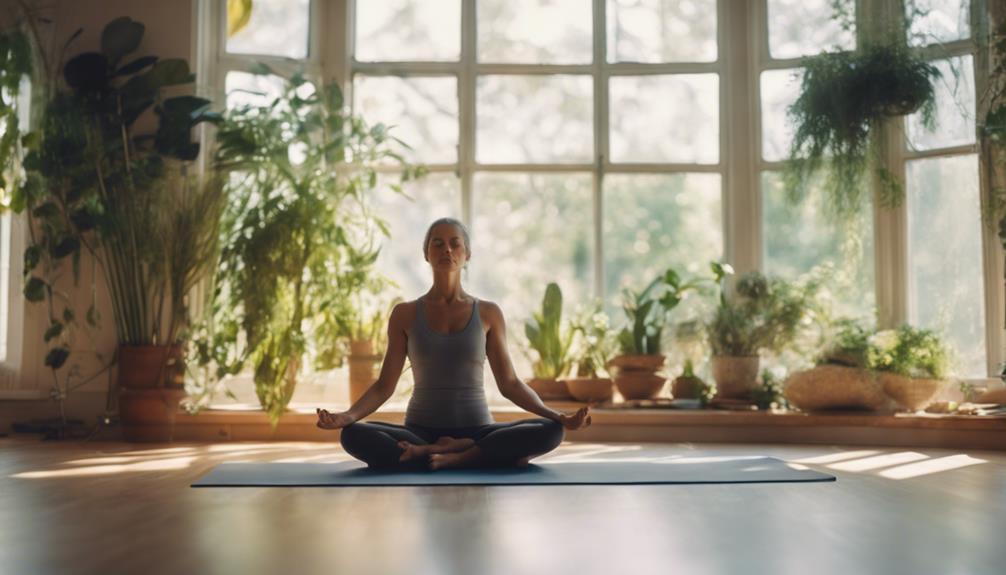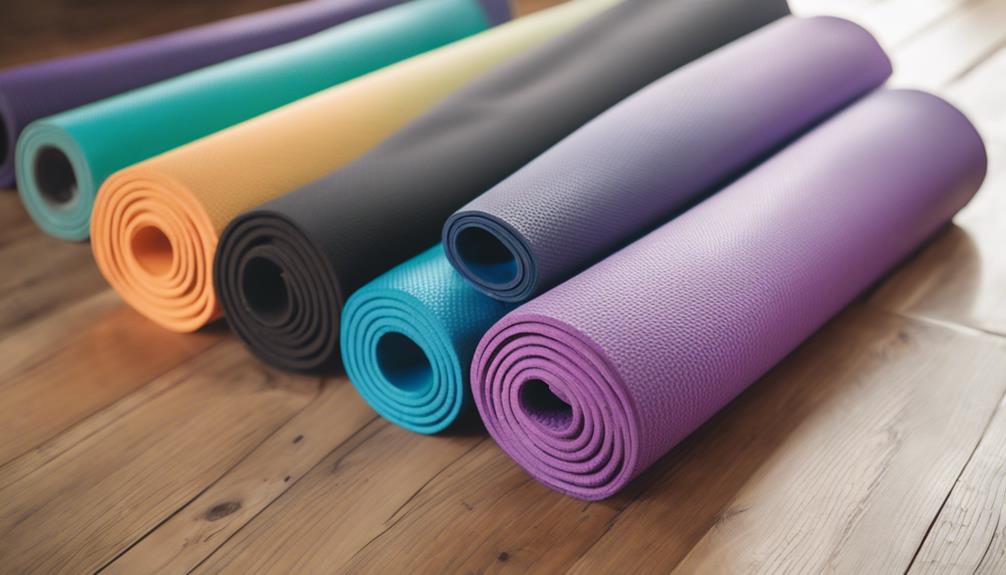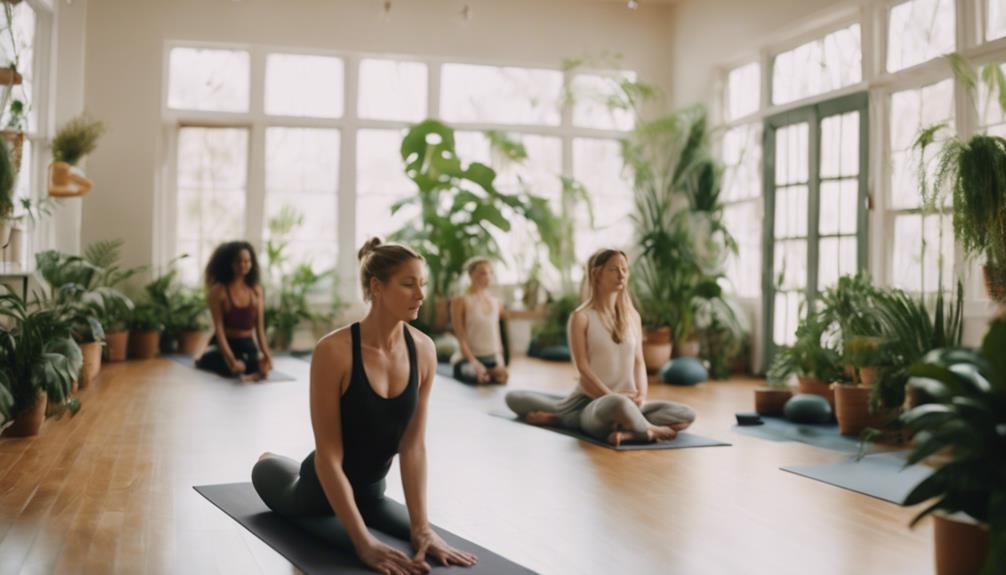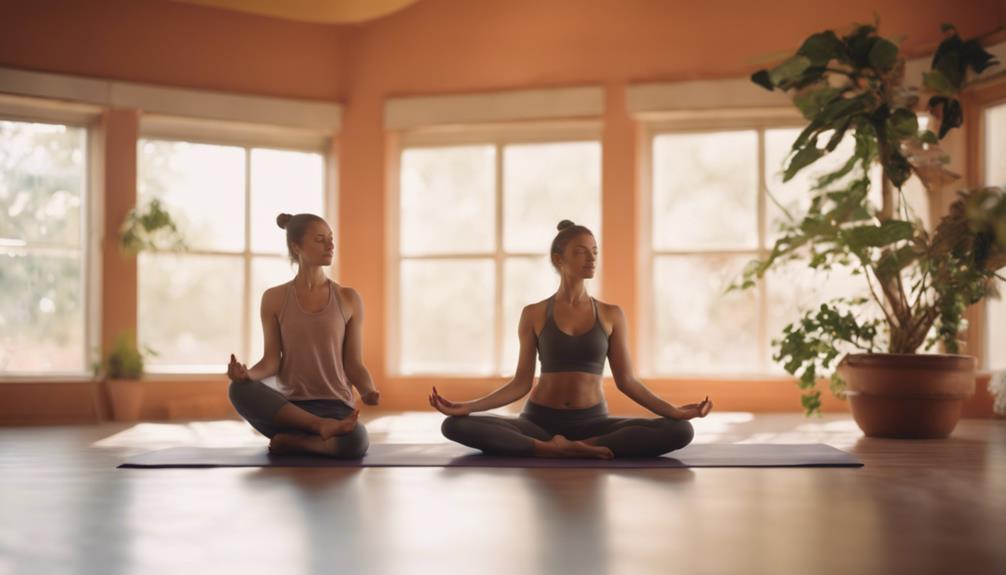
When it comes to yoga, the mat you choose can be just as important as the poses you practice. With various thicknesses available, finding the perfect fit can feel overwhelming. Are you a beginner looking for extra cushioning, or an experienced yogi who prefers stability? Fear not! This article will take you on a journey through the world of yoga mat thickness, helping you discover what works best for you. So roll out your mat, breathe deeply, and let’s dive in!
Finding Your Perfect Fit: The Ideal Yoga Mat Thickness
The thickness of a yoga mat can significantly impact your practice, catering to your personal preferences and the types of yoga you engage in. Generally, yoga mats come in three standard thicknesses: thin (1/16 inch or 1.5 mm), standard (1/8 inch or 3 mm), and thick (1/4 inch or 6 mm and above). If you’re just starting, you might find that a thicker mat provides the cushion you need for joint support and comfort during long sessions of stretching and hugging the ground.
For practitioners of gentle yoga, restorative sessions, or those with specific physical considerations, a mat that is around 1/4 inch thick offers a plush and cozy experience. On the other hand, if you’re diving into more dynamic practices like Vinyasa or Ashtanga, a thinner mat might serve you better. It allows for a stable connection to the floor, making transitions between poses smoother and more precise. Think of it like choosing between a fluffy pillow or a firm mattress – it all comes down to what helps you find your flow!
Ultimately, the ideal thickness of a yoga mat is subjective and depends on what your body needs and what feels best for you. Experimenting with different mats can help you discover your unique sweet spot. Remember, your mat is your sanctuary; it should not only support your practice but also inspire you to explore new poses and deepen your connection with your body and mind!
Stretching the Truth: Thickness Myths and Realities Unveiled
In the world of yoga mats, there are plenty of myths that can lead to confusion about the ideal thickness. One common misconception is that thicker mats are always better. While they can provide extra cushioning, they can also diminish stability in certain poses. This can lead to slips and misalignment, which are not ideal for achieving a balanced practice. The reality is that while some cushioning is beneficial, especially for sensitive knees and joints, a mat that’s excessively thick can be counterproductive for those focusing on strength and precision.
Another myth suggests that all yoga mats are the same and that you can easily just pick any thickness without considering your practice style. In truth, different styles of yoga have different requirements. For instance, a restorative yoga practitioner might love a thick, cushy mat, while a hot yoga enthusiast might prefer a thinner mat that grips to the floor better when temperatures rise. Understanding the varying demands of your practice can help you make a more informed choice and enhance your experience on the mat.
Lastly, there’s a notion that investing in a thicker mat means you’re getting a higher-quality product. However, quality encompasses more than just thickness. The material, texture, and durability of a yoga mat play crucial roles in its performance. It’s essential to consider all these factors when choosing a mat, ensuring that you find one that supports your individual needs and aligns with your practice philosophy. So go ahead and explore – don’t let myths lead you astray!
In conclusion, finding the ideal thickness for your yoga mat is a deeply personal journey that can greatly enhance your practice and overall experience. Whether you lean towards the cushioning of a thick mat or the stability of a thinner one, the key is to listen to your body and explore the options available to you. Remember, every yogi is unique, and what works for someone else might not be your perfect fit. So embrace the adventure, enjoy the process, and may your mat become a cherished companion on your path to mindfulness and well-being!





